Whether you want to work in the fashion industry, or you are just someone passionate about fashion, it is important to know fashion terms. From the most common terms that you read in fashion magazines and books – to the most specific ones used by fashion designers, journalists, or other professionals, – the more you know – the better!
Getting familiar with fashion terminology can help you learn the fashion industry fundamentals and navigate the vocabulary used in the industry. When you read or hear something related to fashion, it is so easy to get lost in the fashion jargon. So knowing it allows you to better understand the context in which it is used.
Maybe you are preparing for an interview with a fashion company and you want to look professional to the recruiter by using the correct industry terms? Or you are studying to learn about the industry? Then it is worth learning some of the most common fashion words.
Finally, fashion is a language. And you need to be able to speak it if you want to have a proper fashion conversation with your colleagues and classmates.
In this article, we compiled the 30 most common fashion terms every (aspiring) professional or fashion enthusiast needs to know.
Do you prefer downloading the PDF version so you can have it with you and consult it whenever you need to?
Download the Fashion Terms PDF guide for free
30 Fashion Terms to Know
Ready-to-wear (prêt-à-porter)
If you follow fashion weeks, you might have noticed that brands use the term Ready-to-wear for the new collections: Fall/Winter Ready-to-wear and Spring/Summer Ready-to-wear. But have you ever asked yourself what technically the term Ready-to-wear means? If we take it word by word Ready-to-wear means that the product is something we can purchase and wear immediately. In fact Ready-to-wear, or Prêt-à-porter in French, is the term used for collections that are:
1. mass-produced by factories
2. according to standardized sizes (for instance, from XS- XXXL)
3. sold in a finished state.
Most of the clothes we buy are ready-to-wear. Contrary to the Haute Couture collections that we explain below, which are custom-made and hand-made so not mass-produced and without standard sizes, like a ready-to-wear collection. The majority of fashion brands are ready-to-wear. Only a few in fact have an haute couture line because the latter has to respect some strict rules.
Haute Couture
Haute Couture is a division of the fashion industry organized by the trade association named the Fédération de la Haute Couture (formerly the Chambre Syndicale de la Couture). In Haute Couture, High fashion Houses produce two collections a year and then make customized versions of the designs in the collection for individual clients according to their specific measurements. Haute Couture collections are the most prestigious and luxurious that exist in the fashion industry. The materials are precious, everything is studied in detail. And it takes about 200-500 hours or even more to create one of these custom-made garments.
Cruise collection
A Cruise – also known as Resort – collection is a mid-season collection that brands show between two main seasons – Spring/Summer and Fall/Winter. May and June are the two months we see Cruise Shows hit the catwalks. They originally started with the purpose of serving wealthy cruise guests who would go on vacation and needed a whole new, mid-season wardrobe to travel to other climates globally. Resort collections usually comprise relaxed silhouettes, lightweight fabrics, and statement swimsuits.
Atelier
“Atelier” is a term that refers to the workroom of a fashion company where design, pattern making, and fittings often take place. It is most often used to refer to the work side of Couture Houses.
Diffusion line
A diffusion line is a line of products that is visually related to the main product of a company in some manner of design but is usually sold at a lower price point and under a different label to reach consumers with a lower purchasing power. For example, Versace is the main product line and Versus is the company’s diffusion line.
Trend
“Trend” is a popular word used in the fashion industry. It’s used by industry insiders but it’s also used by anyone when talking about fashion. A trend refers to a particular product, style, color, silhouette, fabric, or pattern that becomes popular in a specific period of time. And by popular we mean that the majority of people adopt, imitate, or replicate a particular style.
The concept of the trend started in the 14th century when the upper echelons of society demonstrated their social position and wealth also by how often they could change their looks.
Fashion trends go through a five-stage life cycle from introduction when the trend is spotted for the first time, to rise when it becomes popular, up to obsolescence when it’s no longer trending.
Fad
To put it simply, FADs are trends but shorter. It is the correct industry term to describe a trend that is particularly short, as the latter cannot be called a “trend” or a “micro-trend”. It refers to a product, style, color, silhouette, fabric, or pattern that lasts just a couple of weeks, months, or one season.
You might have noticed that something in the wardrobe of your parents is now trending again as well. Or that something you bought years ago but that you haven’t worn for years, is now something you want to wear again: that is a fad. The perfect example is the Nylon bag of Prada. Initially launched in 1984, it became obsolete and recently popular again.
Trend forecasting
Trend forecasting is a process of identifying new and emerging trends and predicting how they will shape the fashion industry. It is done by trend forecasters who are usually based at trend forecasting agencies, like WGSN. The trends they research can be cultural, economic, or celebrity trends. In sum, not just fashion trends, as those are influenced by what’s happening in the world, as well as cultural aspects and societal behavior.
Conglomerate
A conglomerate refers to a business model that is comprised of many distinct elements that exist under a “parent company.” In fashion, an example of a conglomerate is LVMH which owns many separate brands that operate independently. But that are all under the corporate oversight of the larger parent company.
License agreement
“Licence agreement” is a term describing a business arrangement one company can make with another to use its brand name and logo to develop, produce and distribute its products. In fashion, license agreements are often used to create beauty and accessories lines. For example, Coty produces the beauty line and fragrances of brands such as Burberry, Tiffany & Co, and Gucci. Or Luxottica produces eyewear for Chanel, Prada, Versace, etc. They operate with a license agreement.
Off-the-rack
“Off-the-rack” is a term used to refer to ready-to-wear clothing that is sold in a finished form. In other words, it is ready to be worn directly from the store, or off the hanger and store rack. Ready-to-wear collections are indeed off-the-rack.
Bespoke
Synonym to “custom-made”, “bespoke” is an adjective describing a type of garment made to the specific measurements of an individual client. It does not mean one-of-a-kind. Bespoke garments often are made based on a general pattern that is then customized to a person’s body measurements. It’s the opposite of “off-the-rack”.
Wholesale
“Wholesale” is the industry term used to define a business-to-business agreement between a store and a brand. To make it very easy to understand, when you see brands sold in multi-brand stores such as department stores or online multi-brand retailers such as Farfetch, Net-a-Porter… that is wholesale. So there is a middleman, Net-a-Porter for example, that buys in bulk products from a brand collection to sell them in their store to customers. Some brands have their own store plus use a wholesale model. For example, Saint Laurent sells their collection in their own Saint Laurent stores and on their official website (this is called “Direct-to-consumer” or “Retail”) but also in department stores and online multi-brand retailers such as Net-a-Porter.
Direct-to-consumer
“Direct-to-consumer” refers to a business model in which a brand will sell directly to consumers. Through their own physical and online store, rather than selling wholesale in multi-brand stores.
Made-to-order
“Made-to-order” refers to a business model in which a brand does not manufacture products ahead of time and in bulk. But rather, waits for orders to come in to fill. Made-to-order products are produced according to an individual customer’s specifications, measurements, preferences, and requirements.
This custom-made service is popular among VICs (very important clients) who buy from luxury Houses. But it also has become popular to offer made-to-order pieces to a wider range of customers. For example, at Ralph Lauren, you can order a personalized polo shirt.
Some brands also use made-to-order model for sustainability purposes, to reduce the negative impact of garment production.
Sample
A sample is a version of a garment made to test out the design before it is manufactured in high quantities. Also called going into production. A sample can be made from cheaper material (like muslin) or the final fabric.
Standardized sizing
Standardized sizing is a system of creating mass-produced garments in regular measurement intervals, “standard” sizes in order to fit a range of bodies. Typically, the system begins from a “medium” and then scales the measurements up or down.
Look
A look is an individual ensemble within a collection. It usually refers to the full ensemble, including any accessories.
Silhouette
A silhouette is a contour that a garment creates when worn. It is represented as a solid shape mostly in black color, while the interior of the silhouette is mostly white, allowing you to see the structure of the overall garment.
A-line
An A-line silhouette in the shape of the letter “A”, triangle-like, that typically begins at the waist. And gets gradually wider from the hips down to the hem.
Seam
A “seam” is the term that refers to the line of stitches where two pieces of fabric are sewn together.
Trimmings
Trimmings are decorative pieces of fabric and ribbons added to the surface of a finished garment. It is most often used in discussing historical fashion.
Knit
Knit, or knitwear, is a fabric structure that is created by looping yarns together to form a series of flexible knots. When you shop online, you will often find a category called “knitwear”. Which refers to knit garments like sweaters, cardigans, knitted dresses, accessories, etc.
Patchwork
Patchwork is a technique that consists of sewing small pieces of fabrics, textures, colors, and patterns all together to create larger geometric designs.
Pattern
“Pattern” refers to the flat, geometric shapes that will be pieced together and sewn to make a finished garment. The pattern is designed by specially trained individuals – pattern makers – based on a sketch of a final look. The pattern pieces are then laid out on the fabric to cut around.
Knock-off
A “knock-off” is a copy of a fashion design that is manufactured in cheaper materials. And sold at a lower price than the original.
Flat drawing
Flat drawings are two-dimensional technical drawings that show how the final garment should look like. They are used to turn that abstract idea into a clear design, providing all the technical details to produce the garment correctly by indicating the front and back view, side view, stitch lines, fastenings, and other details. Flat drawings are usually done by technical designers. And it is meant to be shown to people involved in the production process – like pattern makers, machinists, and cutters – to understand every design detail clearly so that they produce it exactly as the designer intended.
CAD
Stands for Computer-Aided Design. It is a software that allows designers to digitally render all the various components of a design that used to be done by hand in the drafting process.
Glossy magazine
This term refers to high fashion magazines like Vogue and derives from the smooth, shiny (or glossy) pages the publications are typically printed on.
Market Week
This term refers to the time when a brand will schedule appointments with buyers to see the collection before they place orders.
Curious to learn more fashion terms? Subscribe here to our daily newsletter 365 days of fashion – the e-ncyclopedia of fashion that teaches you the industry’s fundamentals – fashion terms, fabrics, and definitions any fashion professional or someone passionate about fashion should know to navigate the vocabulary used in the industry.
Are you considering a career in fashion? Register for our free masterclass here to learn 3 top strategies to get a job in fashion.

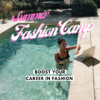


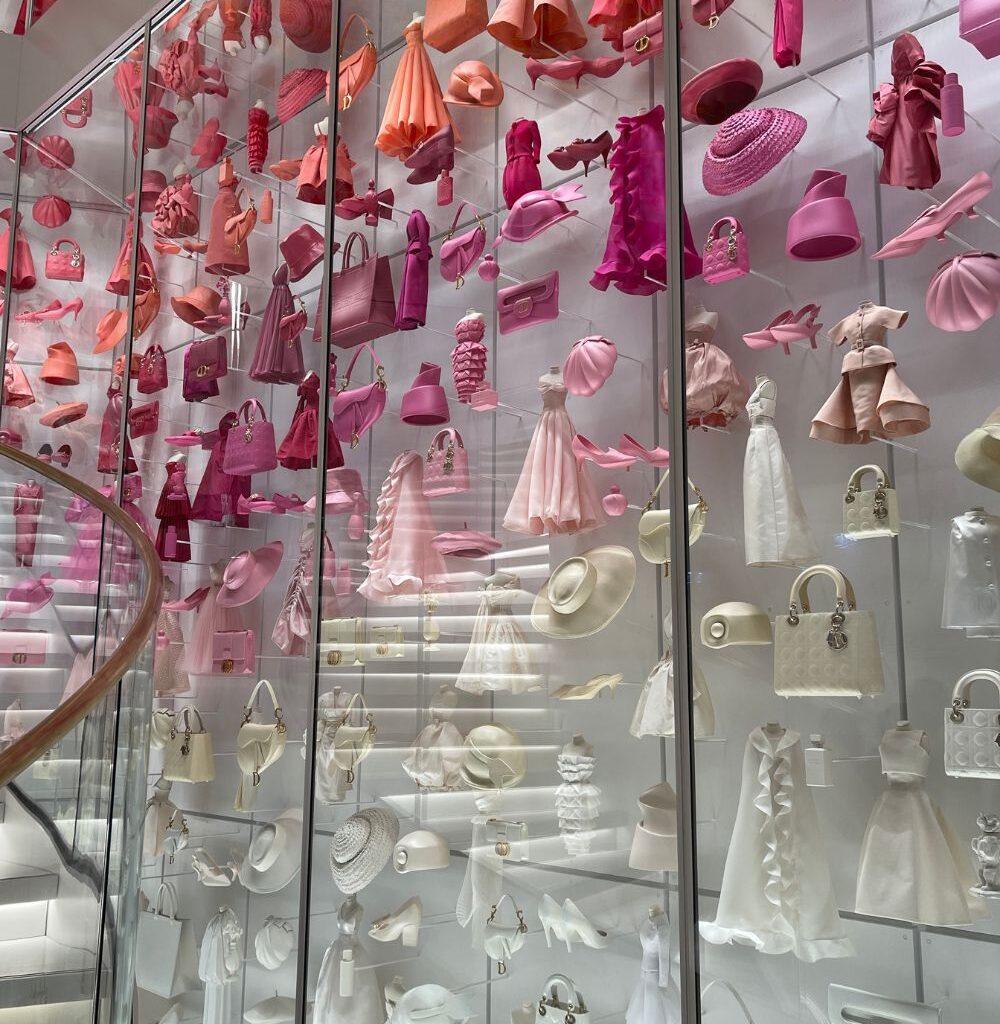
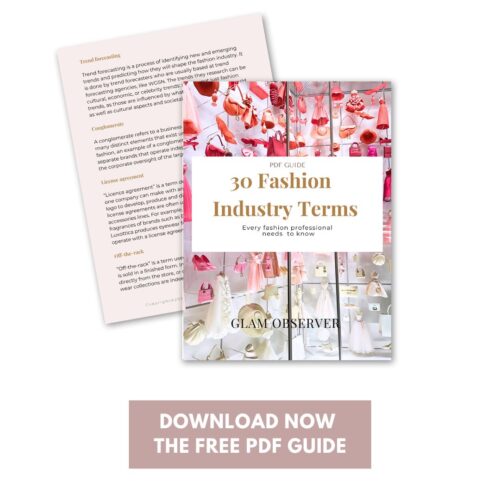
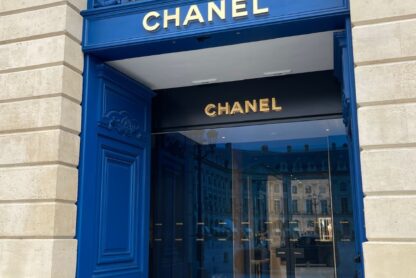
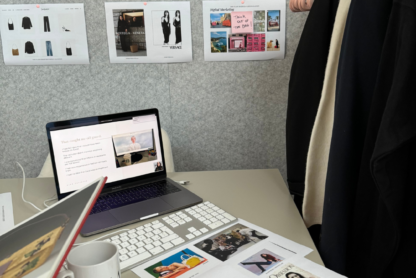

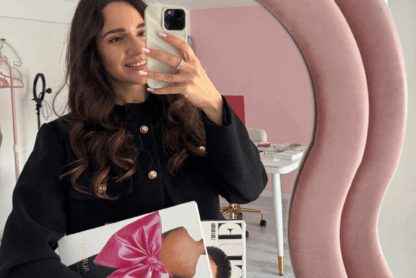
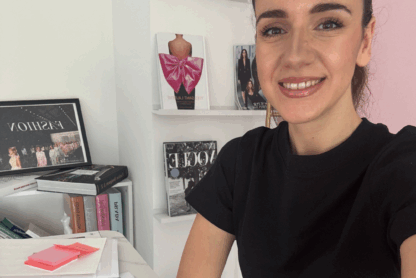
Hi. I’m a fashion designer in Ghana wish to work with you
Looking for the best articles to read? Browse this list of interesting articles and articles on topics like health, happiness, productivity, etc.